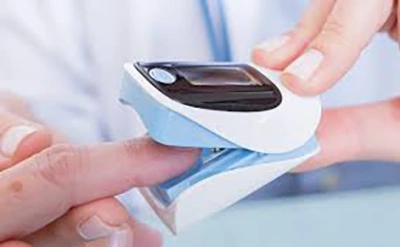Nurse Call Button Equipment
Our advice, your choice...
Long ago, call buttons were at the heart of a nurse call system.
The most beautiful, the most ergonomic... Often termed smart and interconnected using techniques that are over 30 years old.
Few functions were associated with these buttons as they were very limited in terms of functionality.
Regardless of the price, since the options were limited.
Although these buttons still exist and are often included in specification documents, we speak of them in the past tense as these products are outdated.
What are the current alternatives, and what do they offer?
A call button has the following features:
- Wired or wireless
- Fixed or mobile
- Powered or autonomous (up to 25 years)
- Smart buttons or simple contact
- Adequate format
- Communication technology
- Basic or advanced features
- Simple or multifunctional
Each room or common area button is named and programmed to trigger different actions.
Some mobile buttons send their location when activated, allowing for better responsiveness from caregivers. It is also possible to notify the nearest caregivers of the button press. Less movement and better responsiveness.










